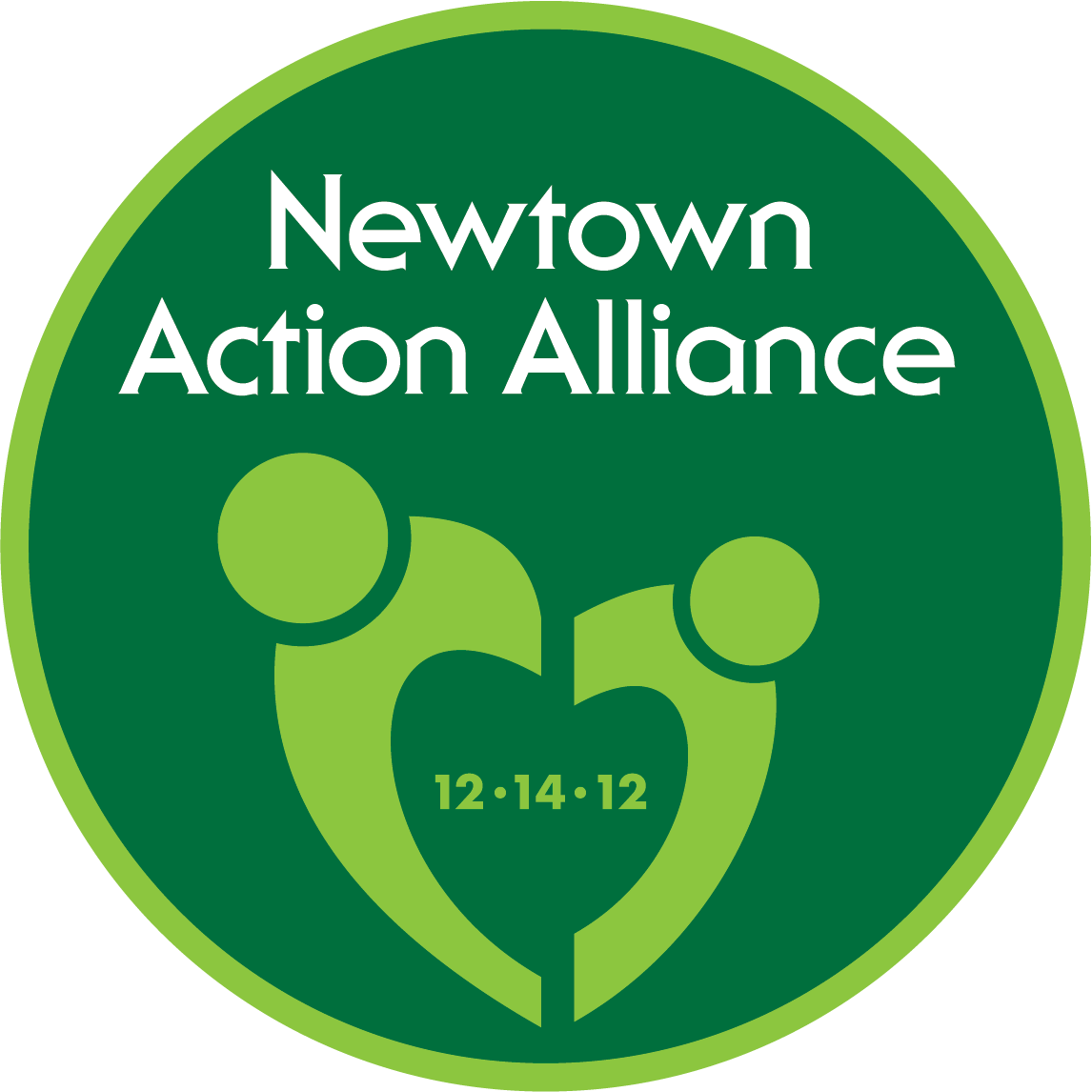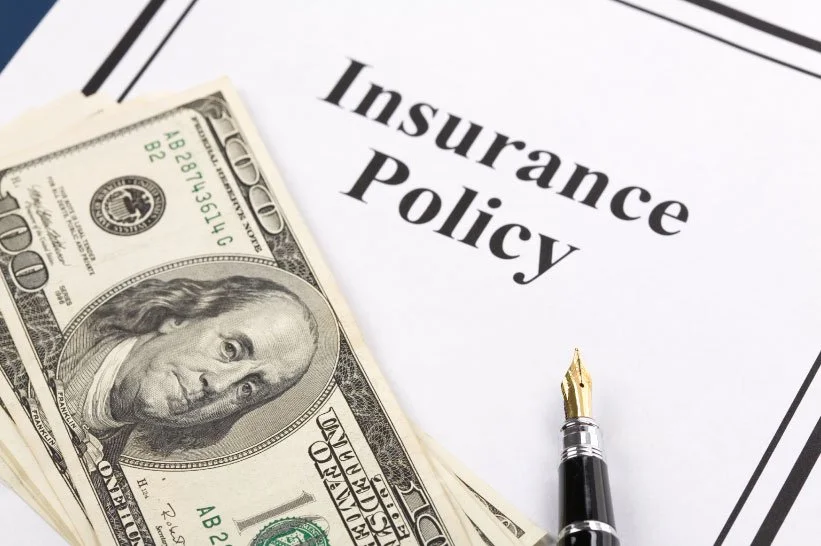GUN HOMICIDES, SUICIDES & INJURIES
The Relationship Between Gun Ownership and Firearm Homicide Rates in the United States, 1981–2010
(American Journal of Public Health, 2013)
- Results. Gun ownership was a significant predictor of firearm homicide rates (incidence rate ratio = 1.009; 95% confidence interval = 1.004, 1.014).
- This model indicated that for each percentage point increase in gun ownership, the firearm homicide rate increased by 0.9%.
When Concealed Handgun Licensees Break Bad: Criminal Convictions of Concealed Handgun Licensees in Texas, 2001–2009
(American Journal of Public Health, 2013)
- Objectives. We explored differences in criminal convictions between holders and nonholders of a concealed handgun license (CHL) in Texas.
- Results. CHL holders were much less likely than nonlicensees to be convicted of crimes. Most nonholder convictions involved higher-prevalence crimes (burglary, robbery, or simple assault). CHL holders’ convictions were more likely to involve lower-prevalence crimes, such as sexual offenses, gun offenses, or offenses involving a death.
- Conclusions. Our results imply that expanding the settings in which concealed carry is permitted may increase the risk of specific types of crimes, some quite serious in those settings. These increased risks may be relatively small. Nonetheless, policymakers should consider these risks when contemplating reducing the scope of gun-free zones.
Suicide, Guns, and Public Policy
(American Journal of Public Health, 2013)
- Suicide is a serious public health concern that is responsible for almost 1 million deaths each year worldwide. It is commonly an impulsive act by a vulnerable individual. The impulsivity of suicide provides opportunities to reduce the risk of suicide by restricting access to lethal means.
- In the United States, firearms, particularly handguns, are the most common means of suicide. Despite strong empirical evidence that restriction of access to firearms reduces suicides, access to firearms in the United States is generally subject to few restrictions.
- Implementation and evaluation of measures such as waiting periods and permit requirements that restrict access to handguns should be a top priority for reducing deaths from impulsive suicide in the United States.
Gun-control legislation and the impact on suicide by Antoon A. Leenaars
(Crisis: The Journal of Crisis Intervention and Suicide Prevention, 2007)
- ABSTRACT: Gun control is the prototypical example of controlling the environment for the means of suicide, an effective public health approach to suicide prevention. Canada’s Criminal Law Amendment Act of 1977 (Bill C-51) provides an excellent opportunity to illustrate the effects of legislative gun-control laws and the impact on suicide. The research in Canada supports the significant effect of C-51 in reducing suicides and firearm suicides, even if one controls for socioeconomic factors, although not equally for all ages. The young, a high-risk group, show the most significant decrease, without significant substitution of other methods (displacement). Studies on gun-control laws from New Zealand, the United States, and Australia support the Canadian findings. It is concluded that, although not equally applicable in all countries, gun control may well have significant applications in reducing suicide worldwide.
Network Exposure and Homicide Victimization in an African American Community
(American Journal of Public Health, 2014)
- Objectives. We estimated the association of an individual’s exposure to homicide in a social network and the risk of individual homicide victimization across a high-crime African American community.
- Results. Forty-one percent of all gun homicides occurred within a network component containing less than 4% of the neighborhood’s population. Network-level indicators reduced the association between individual risk factors and homicide victimization and improved the overall prediction of individual victimization. Network exposure to homicide was strongly associated with victimization: the closer one is to a homicide victim, the greater the risk of victimization. Regression models show that exposure diminished with social distance: each social tie removed from a homicide victim decreased one’s odds of being a homicide victim by 57%.
- Conclusions. Risk of homicide in urban areas is even more highly concentrated than previously thought. We found that most of the risk of gun violence was concentrated in networks of identifiable individuals. Understanding these networks may improve prediction of individual homicide victimization within disadvantaged communities.
Gun Violence: Prediction, Prevention and Policy
(American Psychological Association, 2013)
Gun violence and murder are on the decline in Chicago
(MSNBC, November 23, 2013)
The California Model: Twenty Years of Putting Safety First
(The Law Center to Prevent Gun Violence, 2013)
- Over the last twenty years, the number of people injured or killed by guns in California has decreased dramatically. In 1993, 5,500 Californians were killed by gunfire; by 2010, the most recent year for which data is available, that number had dropped to 2,935.
- In just two decades, the state’s gun death rate has been cut by 56%, a reduction that translates to thousands of lives saved every single year.
Firearms and suicides in US states
(The International Review of Law and Economics, Volume 37, March 2014, Pages 180–188)
- This study investigates the relationship between firearm prevalence and suicide in a sample of all US states over the years 2000–2009.
- We find strong, positive effects of gun prevalence on suicide using OLS estimation, across a variety of measures for gun possession, and with several sets of controls.
- When using instrumental variable estimation, the effect remains significant, despite also finding significant evidence that gun ownership causes substitution towards gun-suicide rather than other methods of suicide.
Infographic: Gun deaths since December 14, 2012
(Slate, 2013)
Correlation of firearms and death
(Archives of Internal Medicine, 2013)
Quiz: Will I be Safer if I Buy a Gun? Can you separate gun violence fact from fiction?
(Psychology Today, November 2013)











